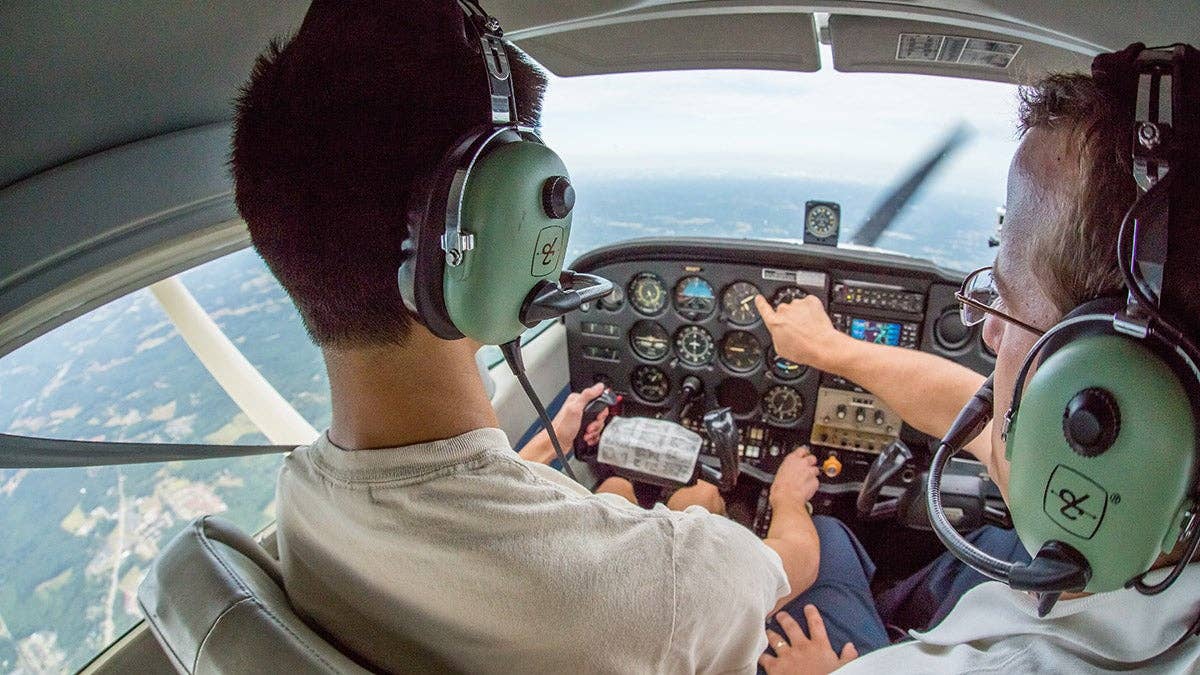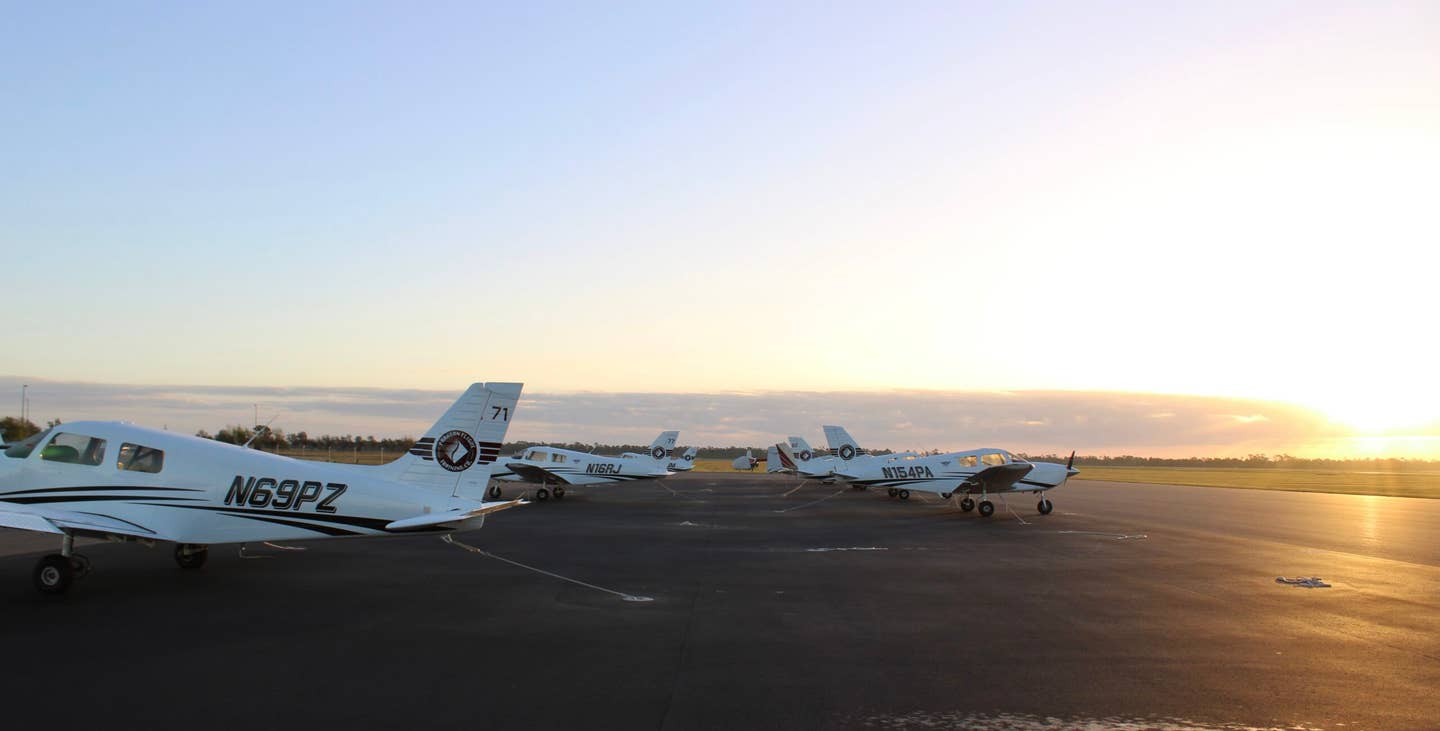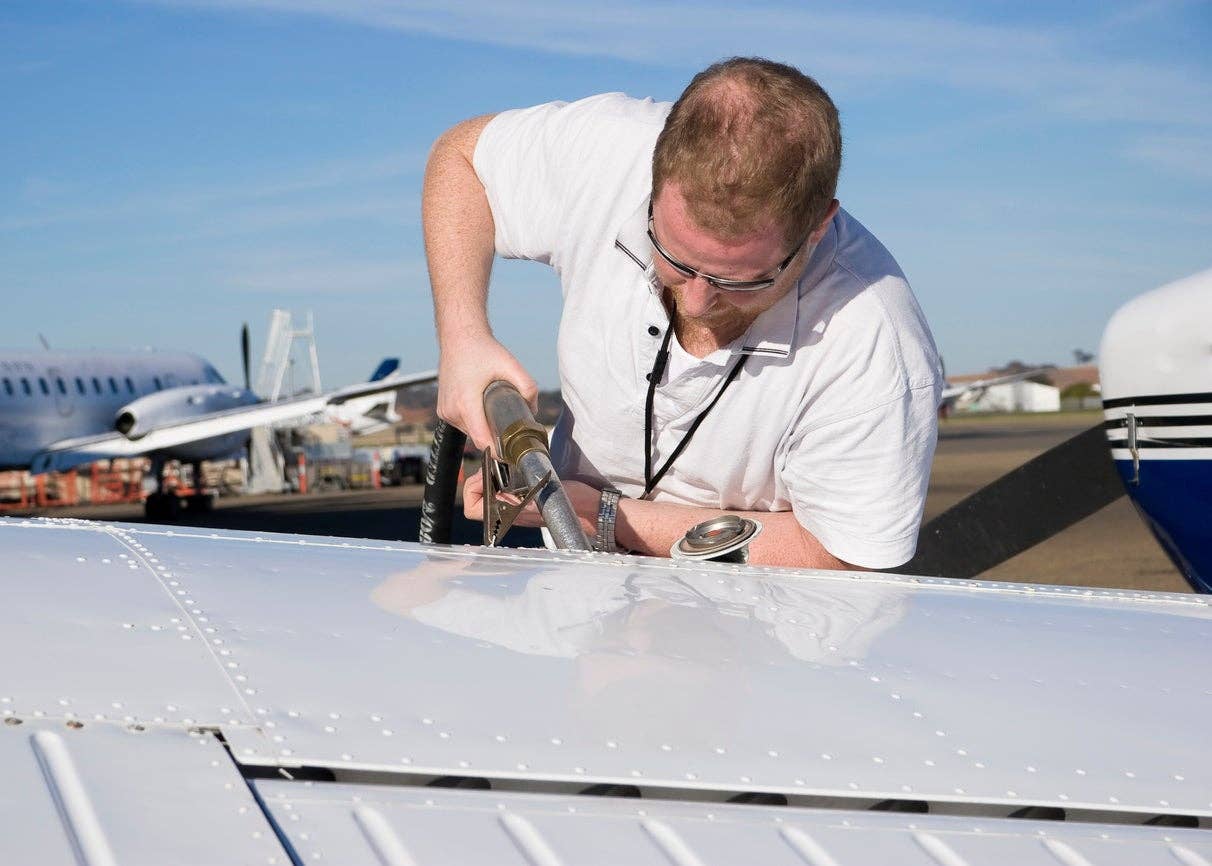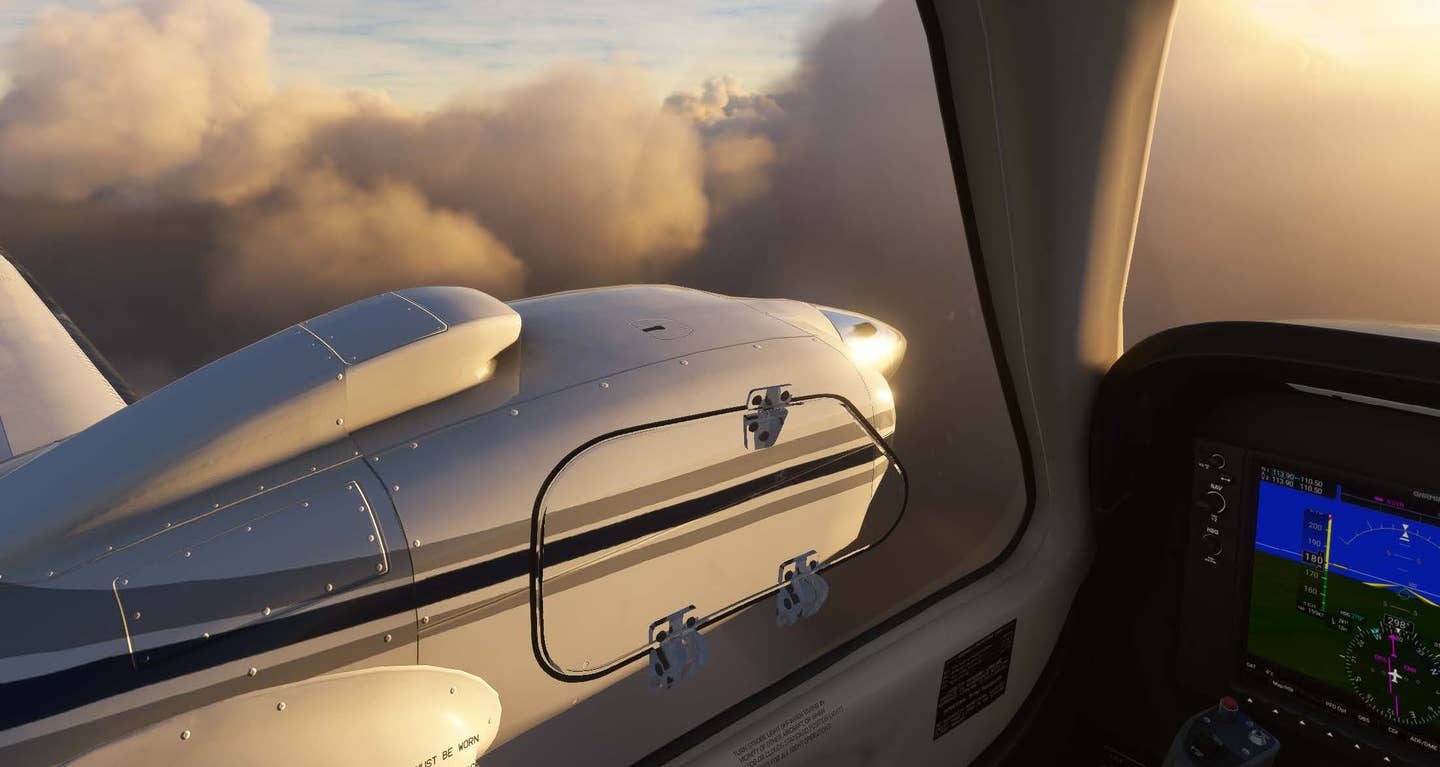
I was surprised and disappointed when I read the headline "C-GCC Grounds Flight Majors" in a local newspaper. Almost two months into the semester, school officials at a community college decided to pull the plug on its aviation sciences program.
Earlier in the year I had been asked, along with another person (even more qualified than I am), to review and evaluate the college's aviation program. At the conclusion of our evaluation, we made a number of specific recommendations to address several of the problems the college administrators had identified. Their major concern was that the students weren't completing the requisite flight training for the pilot certificates and ratings for the courses in which they were enrolled or the prerequisites in order to advance to the next level.
Losing any flight school at a time when the aviation industry is facing a future shortage of qualified pilots isn't good. But today there are several links in the "accident chain" that have the potential to cause general aviation to "crash." A number of flight academies around the country have suddenly shuttered their doors, dumping students and in some cases not refunding their tuition money. To make matters worse, Congress is considering legislation to require first officers for regional airlines to have an ATP certificate (requiring a minimum of 1,500 hours of flight experience). Another link that's facing the growth of general aviation is the transfer of the J-1 visa training program to the Department of Homeland Security. The J-1 visa program allows foreign flight students to work as instructors in the United States after completing their training at schools here. But the DHS has not yet decided whether to continue the program after it assumes responsibility for it. In the current climate, the loss of any aviation program no matter how small is significant and distressful.
Obviously, the economic downturn has been the cause of some of the flight school closures. But ironically, enrollments in community colleges are up around the country, so we have to look elsewhere for the reason for the cessation of the aviation program at the local college. I think there are lessons to be learned that could apply both to other schools and to the one-on-one relationships between instructors and their students.
Some history. The aviation sciences department at the community college accepted students from the general public as well as students who participated in a high-school aviation program provided by the BOCES (Board of Cooperative Educational Services).
The BOCES program isn't unique but it is impressive. Students enroll in the two-year program in their junior year in high school and are expected to solo by June. During their senior year, they continue their flight training with the goal of being ready for the knowledge exam and the practical flight test for the private pilot certificate by the time they graduate from high school.
It's important to note that BOCES provides all training materials and flight time at no cost to the students. So why hadn't the BOCES students taken advantage of the free-flight program and completed the training before arriving at the community college? And why, after entering the college, were they still slow to finish up their training?
There were several reasons the BOCES students didn't finish up their private certificates even though the opportunity to fly was extended through the summers. Since the high school training was free, perhaps they didn't recognize the value of what they were being given. Once at the college, they learn because their flight time is no longer free. Why did most of the young people, given the no-cost opportunity through the BOCES, fail to earn their private pilot certificates?
One of the BOCES students who had earned her private certificate explained that the senior year — particularly the spring of the senior year — is a busy time for students with exams, proms, college applications and end-of-the-year high school activities. Though it's been decades, I can dredge up memories of my senior year and, as I remember, it was a busy time. Nevertheless, it was in the summer after I graduated from high school that I took my first flying lessons in a Piper J-3 at the College Park (Maryland) Airport. The difficulty the high school kids had in finishing up their training was a matter of priorities and, more particularly, of motivation.
So, what can be done to improve the students' motivation? They've already expressed a desire to learn to fly, so what's needed are ways to help pique their enthusiasm and keep them energized about learning to fly despite the inevitable learning plateaus, scheduling difficulties, time constraints, financial concerns and "getting a life" getting in the way.
"Why do you want to learn to fly?" is typically asked by instructors when someone inquires about flying lessons. If the potential student is on the mature side, the answer most often is: "It's something I've always wanted to do." On the other hand, if the potential candidate is younger, the more likely response is: "I want to be an airline pilot."
Unfortunately in many cases, the airline pilot career option is based on an inflated idea of the glamour, potential income and relatively lax schedule that airline four-stripers are believed to enjoy. If that goal sours, what's to keep students' interest alive? One way to keep a student stimulated is to be sure they're aware of the wide variety of career options that are open to someone with a pilot certificate. If there's something a person enjoys doing, then there's an aviation vocation that will let them pursue that interest. Think about it. There's air-to-air and air-to-ground aerial photography, wildlife control and surveying, EMS and medevac, police patrol, flight instruction, fire bombing, traffic reporting, news gathering, hurricane hunting, test piloting, production test piloting, demonstration piloting, military service and air show performing.
Having a pilot certificate, even if you don't fly professionally, is an entree to a number of ground-bound professions. Among a host of other professions, you can teach ground instruction, instruct in high schools or colleges and universities, write for aviation publications, create computer software programs, pro- duce video programs, write advertising copy, be an airport manager, own or manage an FBO, do public relations, work for federal, state or local government aviation authorities, work with aviation associations and do accident investigation. In fact, virtually every type of profession that is involved in any manufacturing or service industry is available in aviation and aerospace.
Another thing that might help to motivate flight students is involvement in a "flying club" or an EAA chapter or the Ninety-Nines. For college students, participation in a "flight team" and the National Intercollegiate Flight Association (NIFA) can help to motivate students and keep them interested. Attending or competing in the regional and national competitions that NIFA hosts can go a long way toward developing and maintaining "team spirit."
As instructors we should actively work to encourage our students to stay energized. Don't let instruction get stale. Be imaginative with scenario training. Occasionally ease up and drop in at another airport to see what's up. Make a lunch stop at another airport as a way to inculcate the potential utility and pleasure of general aviation. Invite your student's friends or family members to come along, not during a lesson but for a scenic ride. In addition to encouraging your student, you may find you've recruited another student.
And once your students have earned their wings, don't ignore them. There's no reason not to be in touch every six months or so to suggest some form of refresher training. Try to encourage your students to work toward advanced certificates or ratings. Team up with one of your former students to enter a "poker run" or even an air race. Another way for pilots to maintain their interest is by joining a flying club with its social interactions and financial savings.
An important factor in retaining a pilot's involvement in aviation is how the pilot deals with his or her spouse. Unless pilots have the blessings of their spouses, there will be obstacles to staying active. A spouse's resentment about the time taken up by flying (and reading about it) and the way some of us obsess about it can be more of an aggravation than the cost, though the expense is usually the reason given when a pilot curtails his flying activities or hangs up his headset.
It can be difficult to stay enthusiastic with the impediments: the cost (though it's not as high as many nonpilots believe); the need to stay current (with aeronautical experience, regulations, the POH and databases); lack of access to an airplane; and adverse weather conditions. The best we can do is try to enflame the passion for flying and keep fanning it. General aviation is facing a rough time, and in an emergency we learn to aviate, navigate and communicate, to which I would add motivate!

Sign-up for newsletters & special offers!
Get the latest FLYING stories & special offers delivered directly to your inbox






